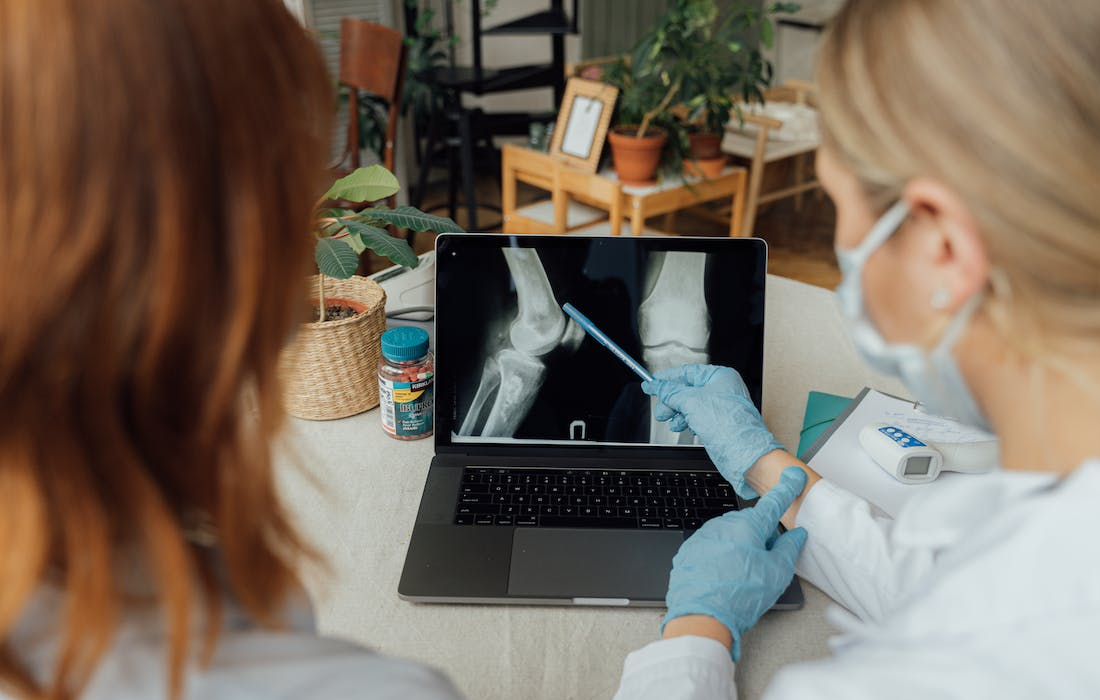Regenerative Medicine News and General Information
Changes in the Composition of Joint Lubricant May be Behind Osteoarthritis
Osteoarthritis is the most common joint disease in the United States, affecting an estimated 32.5 million adults. Osteoarthritis is caused by the wear and tear of the synovial joint, leading to the degeneration of the articular cartilage that forms the synovial joint.
Studies suggest that changes in the composition of the synovial fluid reduce its ability to lubricate the articulating cartilage tissue, thus contributing to cartilage damage.
A new study published in Biointerphases suggests that changes in the composition of the synovial fluid in osteoarthritis could hinder the ability of synovial fluid molecules to form a protective, lubricating film on the surface of articular cartilage tissue, contributing to the wear and tear of the cartilage.
In the present study, the researchers conducted experiments in the laboratory to examine the impact of the concentration and molecular weight of hyaluronic acid on its ability to form a complex with phospholipids.
They found that the concentration and molecular weight of hyaluronic acid indeed impacted the structure of bilayer membranes of vesicles composed of phospholipid-hyaluronic acid in a buffer solution.
The researchers then examined the characteristics of films formed by hyaluronic acid-phospholipid assemblies on a gold surface that acted as a sensor. The mixing of high molecular weight hyaluronic acid with phospholipids resulted in the formation of a thick, continuous, and disordered or amorphous film on a gold surface. Increasing the concentration of high molecular weight hyaluronic acid led to a decrease in the thickness of the film.
Such an amorphous thick film is considered to effectively lubricate the movement at a synovial joint. Moreover, such a film is also more likely to retain its integrity and be more resistant to wear and tear, thus more effectively protecting the articular cartilage tissue.
In contrast, the interaction of low molecular weight hyaluronic acid with phospholipids limited the formation of a thick film on the gold surface.
These results suggest that the breakdown of hyaluronic acid resulting in a decline in molecular weight, as observed in osteoarthritis, could lead to an increase in friction and wear and tear of articular cartilage.
Sources:
Kangdi Sun, Tooba Shoaib, Mark W. Rutland, Joesph Beller, Changwoo Do, Rosa M. Espinosa-Marzal; Insight into the assembly of lipid-hyaluronan complexes in osteoarthritic conditions. Biointerphases 1 March 2023; 18 (2): 021005. https://doi.org/10.1116/6.0002502
Photo by Antoni Shkraba from Pexels: https://www.pexels.com/photo/doctors-examining-an-x-ray-image-on-a-laptop-5214994/

